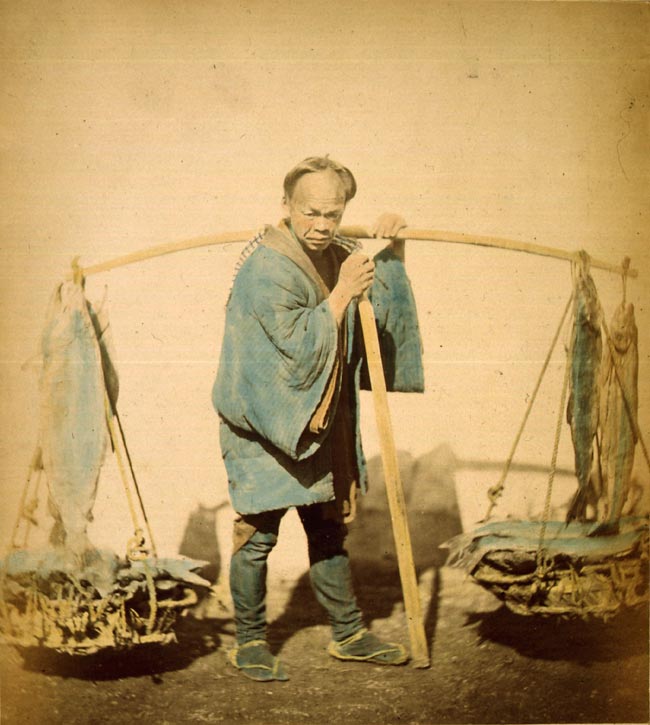Felice A. Beato was for a long time somewhat of an enigma. It was not wholly clear where he was born, how he acquired British citizenship nor when he died. In 2009 however, his death certificate was discovered, showing that he was in Venice in 1832 and died in Florence in 1909. But there are still many unknowns in his story.
Though a naturalised British subject – it is unclear whether this is because he was born in Corfu which came under British rule in 1815 or Malta when it become another acquisition of the “Empire” following the Napoleonic Wars – Beato described himself as Venetian and undoubtedly lived in Venice during his youth.
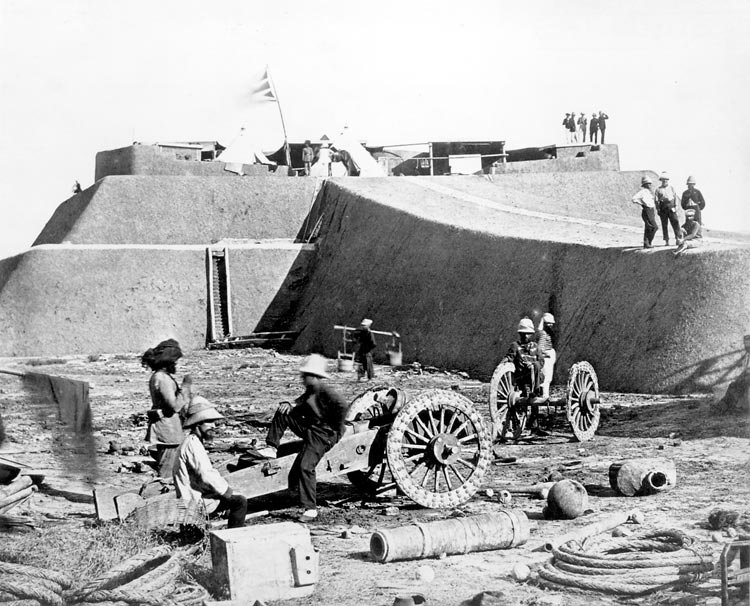
Beato was born in 1832 and, whilst in his twenties together with his younger brother Antonio, was introduced to the world of photography by their soon to be brother-in-law; the illustrious James Robertson. Though Beato began his photographic career in Paris in 1851, where he acquired his first photographic equipment, Robertson was very much Beato’s mentor during his formative years. However, Beato’s talent for the art of photography was soon evident and in 1855, the pair formed a partnership. During that year the pair travelled extensively; working in Greece, Constantinople and the Crimea where Beato was one of the first photographers, alongside Roger Fenton, to depict the subject of war. Beato’s travels later extended to Egypt, Palestine and then, after a brief return “home” to Malta, onto India.
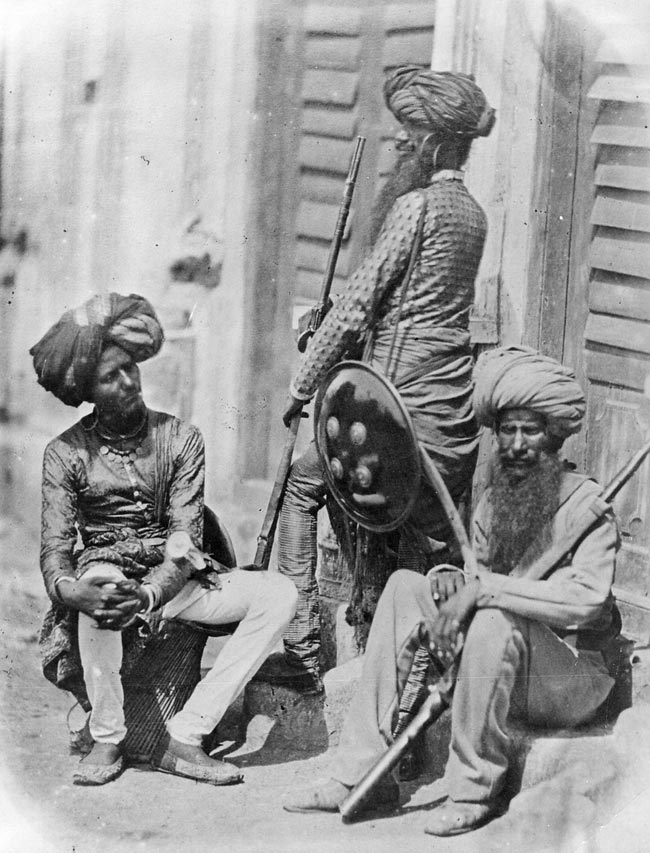
It was in India that Beato’s work came to the attention of the wider photographic world. His coverage of the gruesome aftermath of the Indian Mutiny in 1857 was highly controversial, often composing his images using corpses to achieve the desired effect. Though he was joined by Robertson it is clear Beato produced most, if not all, of the work and it was at this point that the partnership started to disintegrate.


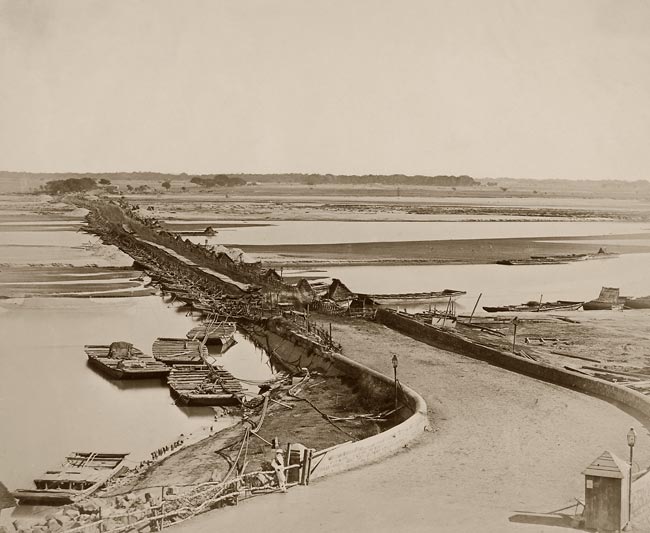
In 1858, Beato travelled alone to China – the first ever to photograph there – as part of the British Military Expedition and upon his second excursion in 1860, where he was present at the signing of the Peking Peace Treaty, the partnership with Robertson effectively dissolved. Beato found further acclaim during his travels to Japan two years later – by special invitation and the first western photographer ever to be invited into the country. It was in Japan that Beato produced his most memorable and arguably recognisable work and in 1865 he set up a studio in Yokohama with Charles Wirgman of the London Illustrated London News.
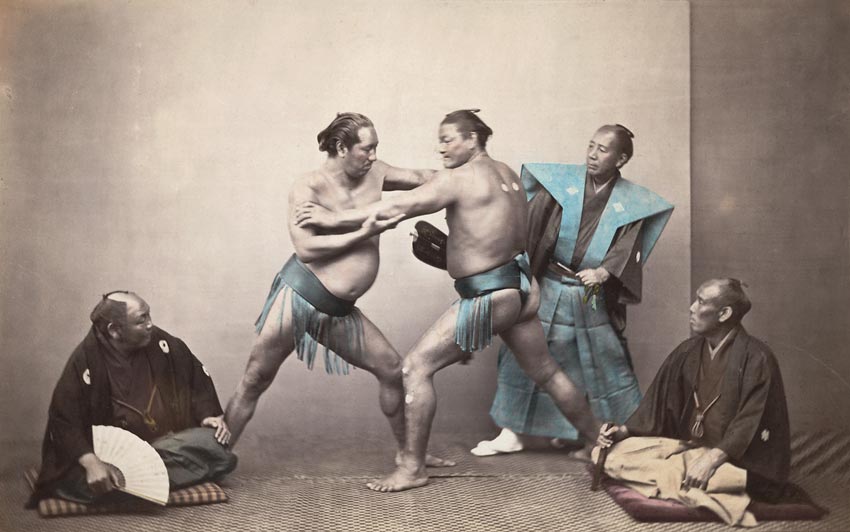
Tragically, only a year later, a huge fire which decimated most of the city destroyed his entire negative stock. Beato slowly rebuilt his business which flourished for the next decade at which point he sold out, in 1877, to the Austrian photographer and businessman Baron Von Stillfried. Beato then switched his attention to the trade and manufacture of art ware and furniture, setting up shop in Mandalay, Burma, and later a second in Rangoon but later lost everything through ill-advised speculation on the currency market.

Beato dabbled in photography on and off during his latter years – covering the Sudanese colonial wars in 1885 – and, based in Burma, was one of the very first photographers to establish a global mail-order business dealing in photography. Beato’s trail seems to disappear in 1907 though he is believed to have died the following year in Mandalay in his early eighties.

Beato’s body of work is remarkable – at his peak he was one of the most renowned photographers in the world and his eye for detail and exactness is a key element of a career spanning five decades. From his majestic panoramic landscapes – some of which are several feet in length – to hand coloured studio portraits and depictions of daily life, Beato was truly a pioneer of his age and effectively introduced the western “magic” of photography into Japan, China and Korea. Like many others covered in past Golden Oldie features – Beato’s work was overlooked for some time but, we are pleased to say, there has been a great resurgence of interest in recent years.
Our extensive collection of vintage Beato prints was originally acquired by the Hulton Picture Post Library in 1947 and is now part of Hulton|Archive, a division of Getty Images.

